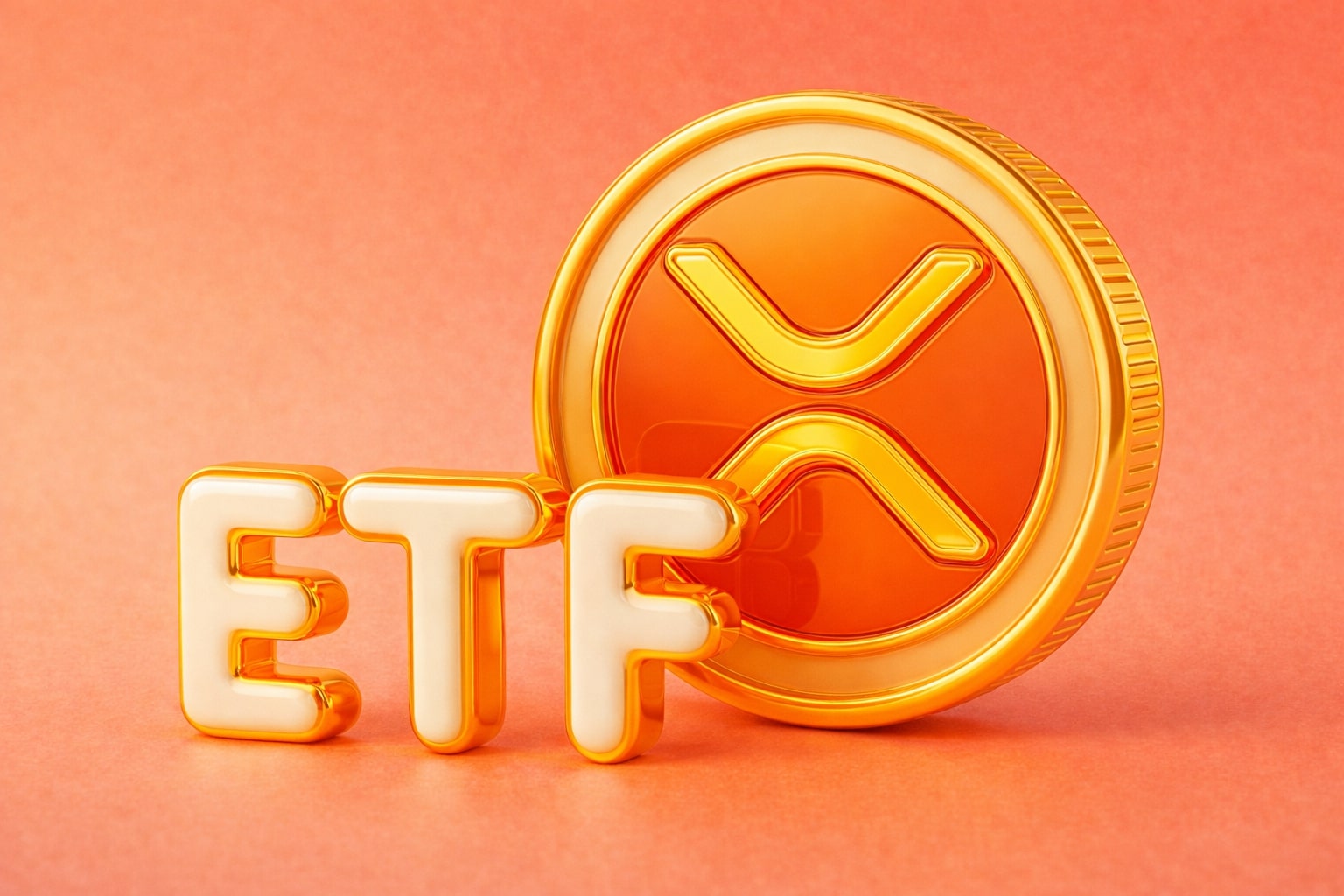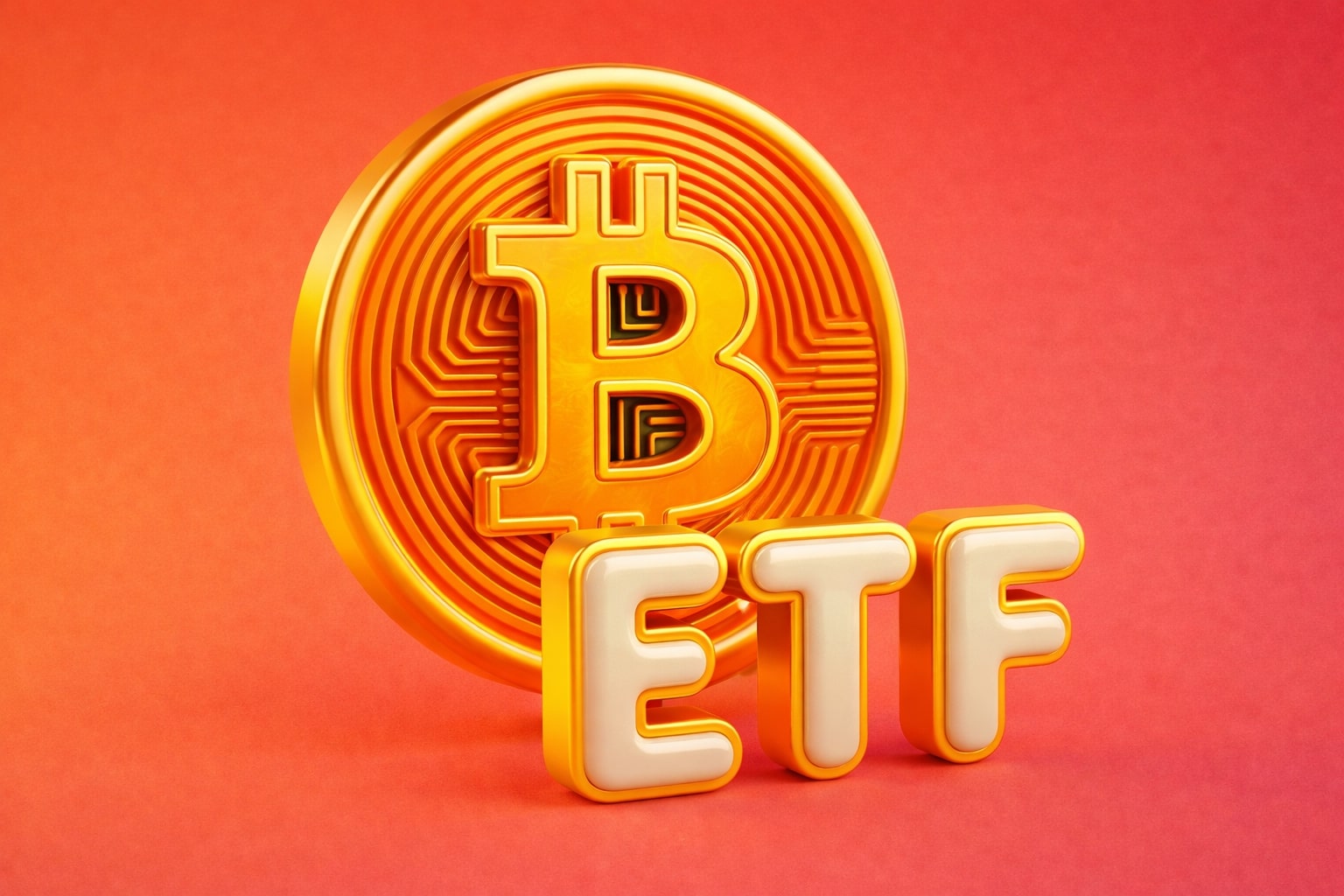
BlackRock's Strategic Shift Towards Bitcoin and Digital Assets
Unpacking BlackRock's Entry into Cryptocurrency with $16.7 Billion Invested in Bitcoin ETFs and the Rise of Tokenized Financial Instruments | That's TradingNEWS
BlackRock's Strategic Pivot into Bitcoin and Digital Assets: A Comprehensive Analysis
Market Shifts and BlackRock's Bitcoin Fund Ascendancy
BlackRock's foray into the cryptocurrency realm, particularly through its spot Bitcoin exchange traded fund (ETF), signifies a strategic pivot from its prior skeptical stance towards a robust embrace of digital assets. Since its launch, the fund has accumulated $16.7 billion in assets, rapidly closing in on the longstanding leader, Grayscale, which boasts a $28 billion portfolio accumulated over a decade. This rapid accrual not only underscores growing investor interest but also reflects the dynamic shifts occurring within the financial landscape.
Innovative Financial Instruments and BlackRock's Diversification
Alongside the Bitcoin ETF, BlackRock has introduced a pioneering tokenized Treasury fund, increasingly utilized by crypto hedge funds and market makers as a trading collateral. This fund represents a significant milestone in financial innovation, offering a glimpse into the future of investment strategies where traditional financial instruments and digital assets converge seamlessly.
Regulatory Milestones and Competitive Landscape
The Securities and Exchange Commission's (SEC) approval of ETFs directly investing in Bitcoin marks a watershed moment, positioning BlackRock at the forefront of this evolving market. This regulatory shift has catalyzed interest and investment, setting BlackRock apart from competitors like Vanguard, which has remained cautious, opting not to launch a Bitcoin ETF. This contrast highlights a broader industry trend where firms are diverging in their approach to digital assets based on perceived client demand and regulatory landscapes.
Technological Advancements and Institutional Adoption
BlackRock's investment in digital assets extends beyond mere financial products. Its backing of Securitize in a $47 million fundraising round is indicative of a deeper commitment to the blockchain technology that underpins these assets. Moreover, BlackRock's engagement with blockchain initiatives—such as its participation in a tokenized Treasury fund on Ethereum—illustrates its strategic intent to harness technology for enhancing financial transaction efficiency and transparency.
Future Projections: BlackRock's Role in Shaping Digital Asset Markets
Looking ahead, BlackRock's aggressive push into digital assets could potentially redefine norms around liquidity, investment security, and market stability. By integrating blockchain technology into its operations, BlackRock is not just participating in the market; it's actively shaping its trajectory. The implications of such involvement are vast, promising to influence everything from individual portfolio strategies to macroeconomic financial policies.
Bitcoin Market Fluctuations
The Bitcoin market has recently exhibited significant volatility, with prices swinging dramatically due to various factors, including investor sentiment and macroeconomic indicators. The current trading price of Bitcoin stands at $61,601.75, marking a modest decline of 1.62% over the past 24 hours. This price action is contained within a descending channel pattern, suggesting a cautious bearish outlook yet with potential for reversal given strong support levels.
Short Liquidation and Market Reactions
The looming threat of a $2.7 billion Bitcoin short liquidation at the $67,000 threshold highlights the intense speculative nature of the market. Such liquidations could trigger substantial price movements, underscoring the inherent risks and opportunities within the cryptocurrency sector. Investors and traders must stay alert to these dynamics, as breaking the $63,000 resistance could propel prices towards new highs, while failure could lead to further declines towards the $52,000 to $55,000 support zone.
Technical Analysis and Investor Sentiment
Technical indicators like the Relative Strength Index (RSI) suggest a return to bullish momentum, having crossed the 50% threshold. This is a critical juncture where market sentiment could shift, potentially leading to a breakout towards the channel’s upper boundaries. However, the presence of a significant Coinbase premium gap indicates substantial selling pressure, particularly from U.S. investors, which may dampen the bullish outlook.
Strategic Considerations for Traders
Given the current market conditions, traders should approach Bitcoin with caution. The support at the 20-day and 50-day Exponential Moving Averages (EMA) plays a pivotal role in stabilizing the uptrend. Any breach below these levels could exacerbate sell-side pressure, potentially leading to lower price levels around $56,500 or even $50,000. Conversely, positive developments such as favorable Consumer Price Index (CPI) data could revive investor confidence and push prices towards or beyond $70,000.
Long-term Bitcoin Projections
Looking towards the future, Bitcoin's trajectory remains a subject of vibrant debate and speculation. Analysts predict varied outcomes for Bitcoin’s price from 2024 to 2030, with potential highs reaching up to $347,783. These forecasts reflect a mix of optimism fueled by technological advancements, regulatory developments, and broader financial market integration. For instance, the potential approval of Bitcoin Spot ETFs could significantly affect the market, bolstering investor confidence and integrating cryptocurrency more deeply into traditional financial systems.
The Role of Institutional Players
The involvement of major financial institutions, like BlackRock, suggests a growing acknowledgment and integration of Bitcoin within mainstream finance. BlackRock's strategic ventures into Bitcoin ETFs and tokenized funds not only lend credibility to cryptocurrencies but also herald a broader shift towards digital assets among traditional financial entities. This move could facilitate more robust and regulated market structures, enhancing the appeal of Bitcoin and other digital assets to a wider range of investors.
That's TradingNEWS
Read More
-
UCO ETF Price Forecast: Can NYSEARCA:UCO at $18.57 Ride a 2026 Oil Squeeze?
18.12.2025 · TradingNEWS ArchiveStocks
-
XRPI at $10.50 and XRPR at $14.93 Hit XRP ETF Lows While XRP-USD Holds $1.84 After 30 Days of Inflows
18.12.2025 · TradingNEWS ArchiveCrypto
-
Natural Gas Price Forecast: Henry Hub Holds Around $4 as EIA Draw Hits 167 Bcf
18.12.2025 · TradingNEWS ArchiveCommodities
-
USD/JPY Price Forecast: Pair Holds Above 155 As BoJ And US CPI Set Up A Major Break
18.12.2025 · TradingNEWS ArchiveForex

















